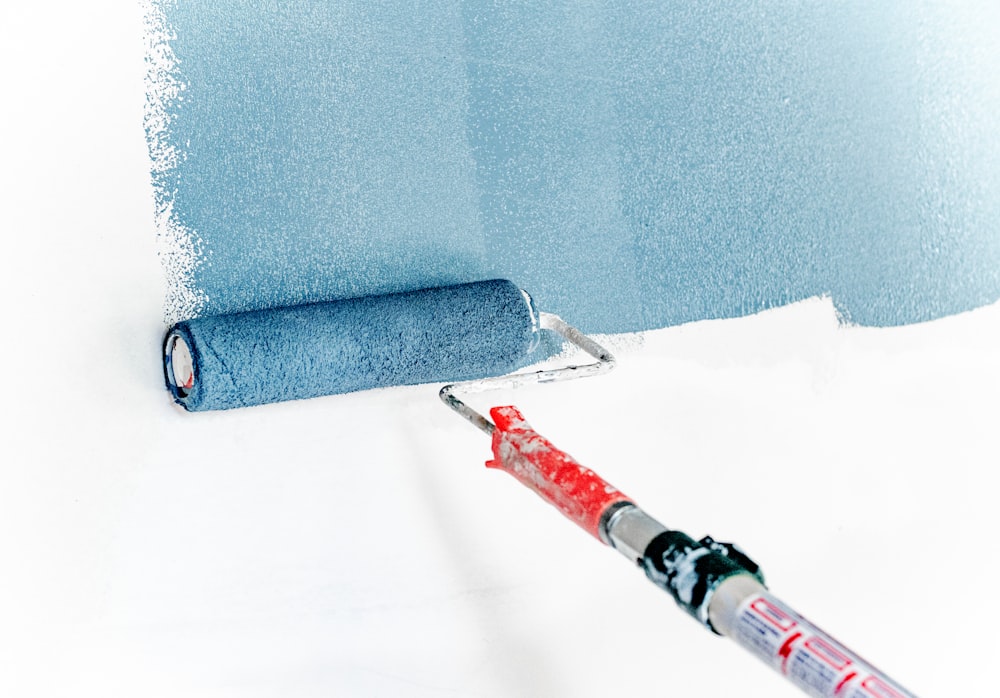Tips for Painting Indoors: A Beginner’s Guide to Painting Your Home

Image Source: Unsplash
Are you itching to paint your home but it’s not the right time of year, or you live in an apartment with restrictions on external painting? Don’t let that stop you from updating your interior. There are plenty of ways to bring a fresh new look and feel to your home while still staying indoors. Painting is one of the quickest, most cost-effective and impactful ways to change the atmosphere of any room. If you’re looking for some helpful tips on how to get started, we have all the information you need. From how much paint will cost, to removing wallpaper, this article covers everything you need to know about indoor painting. Read on for useful advice about painting indoors and discover new ideas for getting started today!
What You Should Know Before Painting Indoors
Before you start painting, it’s crucial to understand the paint’s makeup. Paint comes in two main categories: water-based and oil-based paints. Each type has different properties and functions best in different situations. First, you’ll need to decide on a color scheme. This is the perfect place to start as it’s important you create a cohesive look. Mixing and matching colors can be tricky. You want to create a look that feels balanced and flows well. Before you begin any painting project, it’s important to evaluate the current state of the walls. Wall condition is a crucial factor in deciding what kind of paint to use. Additionally, it will affect the time it takes to complete the job.
Dusting and Cleaning
Make sure to clean and dust the walls thoroughly before you start any painting project. This will ensure that you have a clean canvas and reduce the number of paint splatters you’ll have to clean up later. If you’re planning to repaint a large section of your wall (for example, the ceiling or an entire wall), you may want to consider hiring a professional cleaning service to ensure the job is done correctly. If the walls are in good condition, you’ll probably want to use a water-based paint. This type of paint is best for walls that are dirty or already covered in a thin layer of paint. If you’re painting over a wall that is heavily stained or has a thick layer of old paint, you’ll likely want to use an oil-based paint. These paints have a higher viscosity and don’t settle or drip as much. You’ll have to wait longer (usually a week or more) for oil-based paint to dry and cure properly.
Choosing the Right Paint
As we mentioned above, the type of paint you use will depend on the current state of the walls. If you’re repainting a section of a wall that is clean, you can choose any type of paint you like. However, if you’re covering an old wall, you’ll want to consider the wall’s condition as well. Once you’ve decided on a paint type, it’s time to decide which finish you want. There are many different finishes you can choose from, like flat, eggshell, or glossy. The finish you choose will depend on how you want your finished product to look.
Understanding Wall Conditions
Before you start painting, it’s important to understand the condition of the walls. This will help you determine which paint to use and whether or not you need to prepare the walls first. You’ll want to check for cracks or holes in the wall. If you find any, you may need to repair them first. Depending on the size and location of the hole, you may be able to patch it yourself. You’ll also want to make sure there isn’t any existing damage, like peeling paint or water damage. If there is, you may need to repair the wall before repainting. Once you’ve inspected the walls and found that they’re in good condition, you’ll want to decide whether or not you’d like to prep the walls.
How to Cover Wallpaper
If you’re trying to cover a wall covered in wallpaper, you’ll probably want to paint it first. This is easier to do than trying to tear off wallpaper and risk damaging the wall. Once you’ve chosen a paint, you’ll need to layer the wallpaper with a wallpaper-removing solution. Cover the surrounding area with a drop cloth to protect it from the solution. Let the solution set for the recommended time, then gently peel the wallpaper away. Once the wallpaper is removed, you’ll want to clean the wall thoroughly. You can either repaint the wall or apply a new coat of your desired paint color.
Tips for Painting Over Walls and Ceilings
If you’re painting only a small section of a wall, you can simply brush on the paint. If you’re painting a large section of wall, you may want to use a roller for more even coverage. If you’re painting the ceiling, use a roller or paintbrush depending on the height of the ceiling. Be sure to use a roller brush that is specifically designed for ceilings. If you’re painting a large section of wall or ceiling, you’ll likely want to use a ladder. Be sure to use a non-slip ladder pad to prevent any accidents. You can use the same paintbrush or roller for every surface. However, you’ll want to clean it after each surface to prevent cross-contamination.
Bottom line
Painting is a quick and easy way to refresh any room in your home. There are many different ways to paint indoors, but it’s important to follow safety precautions when using ladders and applying paint. If you’re looking to update the look of your home, painting is a great choice. It’s easy to do and relatively inexpensive. Before you start painting indoors, make sure your home is properly prepared by cleaning and inspecting the walls. Once that’s done, choose a paint color, decide whether you’re painting walls or ceilings and get painting!